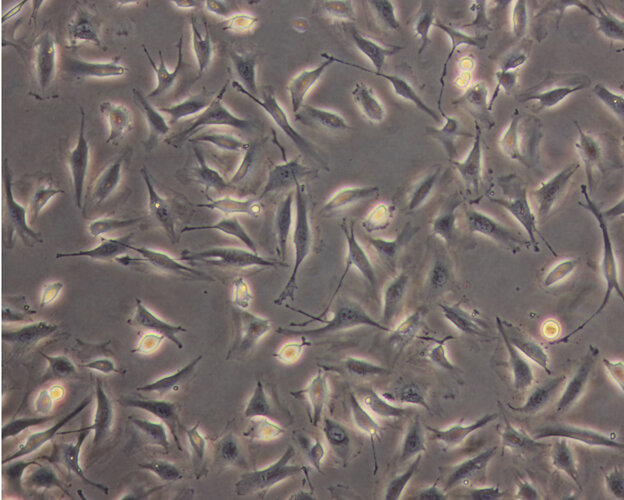
Copernical Team
A rover to mine Martian volcanoes
This request seems a bit unusual, so we need to confirm that you're human. Please press and hold the button until it turns completely green. Thank you for your cooperation!
Press and hold the button
If you believe this is an error, please contact our support team.
185.132.36.159 : a7e911f1-42a9-4f78-bc0b-9a5bea7f
The most accurate 3D map of stellar nurseries in the Milky Way
 Video:
00:02:28
Video:
00:02:28
Scientists created the most accurate three-dimensional map of star-formation regions in our Milky Way galaxy, based on data from the European Space Agency’s Gaia space telescope. This map will teach us more about these obscure cloudy areas, and the hot young stars that shape them.
It is notoriously difficult to map and study regions in space where stars form because they are usually hidden from view by thick clouds of gas and dust, whose distances cannot be directly measured.
Gaia can’t see these clouds directly, but it can measure stellar positions and the so-called ‘extinction’ of stars. This means
Moon geology lessons for Artemis
 Video:
00:01:45
Video:
00:01:45
Cindy Evans, Artemis lead for geology training, and Juliane Gross, Artemis sample curation lead, joined the PANGAEA training in the Lofoten islands, Norway, in july 2025.
From microscopic cosmic dust particles to Apollo-era Moon rocks, these geology nerds take extra care in how samples are handled, documented and stored. They lead geology training and sample curation for Artemis III, the next mission to return humans to the Moon.
Here is what Cindy and Juliane told us after exploring with the PANGAEA crew one of the few locations in the world that shares geological features with the lunar highlands.
Cindy and
Fly through Gaia’s 3D map of stellar nurseries

Scientists created the most accurate three-dimensional map of star-formation regions in our Milky Way galaxy, based on data from the European Space Agency’s Gaia space telescope. This map will teach us more about these obscure cloudy areas, and the hot young stars that shape them.
Keys to the Moon: ESA hands over third European Service Module
 Image:
Image:
Teams from ESA, Airbus, NASA and Lockheed Martin stand before the service module for Artemis III at NASA's Kennedy Space Center.
Last week, ESA officially handed over its third European Service Module to NASA. The module will power Orion on Artemis III, the mission set to return astronauts to the lunar surface for the first time in over 50 years.
The handover took place on 10 September during the third quarterly European Service Module project meeting of the year at NASA’s Kennedy Space Center in Florida, US. Each European Service Module is the result of thousands of hours of design,
A cell’s-eye view of altered gravity and ageing

Muscle weakening, bone density loss and an impaired immune system: the systemic health impacts of spaceflight bear many similarities to ageing. Sharon van Rijthoven, a student from Delft University of Technology and Vrije Universiteit Amsterdam, compared the effects of ageing and altered gravity from a cellular perspective during her internship at the European Space Agency (ESA).
With Trump eyeing space station demise, NASA pushes for commercial replacements
This request seems a bit unusual, so we need to confirm that you're human. Please press and hold the button until it turns completely green. Thank you for your cooperation!
Press and hold the button
If you believe this is an error, please contact our support team.
185.132.36.159 : f0d9debc-38ec-4f5b-b08f-4f3441ea
First view of aerosols from MetOp-SG’s 3MI instrument
 Image:
First view of aerosols from MetOp Second Generation’s 3MI instrument
Image:
First view of aerosols from MetOp Second Generation’s 3MI instrument RISE: ESA’s mission extender in geostationary orbit
 Video:
00:01:43
Video:
00:01:43
An essential part of ESA’s Space Safety programme is dedicated to getting and keeping Earth’s orbits clean from space debris. In the long run, the Agency aspires to stimulate a true circular economy in space, minimising the impact of spaceflight on Earth and its resources where possible. As part of ESA’s Zero Debris approach, new ESA missions will be designed for safe operations and disposal to stop the creation of new debris by 2030.
ESA has now taken another important step on the road towards sustainability in space with its first in-orbit servicing mission RISE, planned for launch
Airbus, Leonardo and Thales reported moving towards European space firm
This request seems a bit unusual, so we need to confirm that you're human. Please press and hold the button until it turns completely green. Thank you for your cooperation!
Press and hold the button
If you believe this is an error, please contact our support team.
185.132.36.159 : 9a561bd9-6d74-45b8-9e8f-323ca67f
